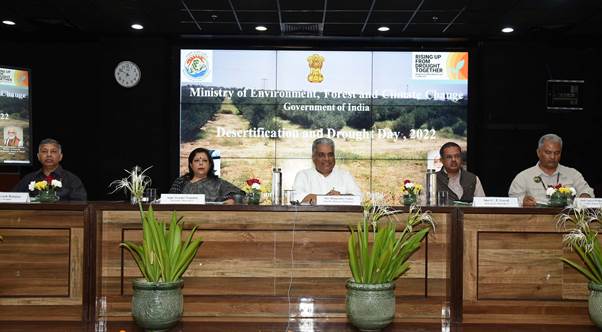|
CASE STUDY- FACTORS RESPONSIBLE FOR DLDD IN MOST AFFECTED STATES:
· In Maharashtra, the timber mafia was eating into already thin forests, leading to soil erosion.
· Excessive mining in Jharkhand has triggered soil erosion and aggravated water scarcity in the state.
· Rampant mining and expanding urbanisation has taken a toll on Goa. Lack of planning could, further, degrade land in the state.
· In Nagaland, shifting cultivation, deforestation and rising population are to blame for desertification.
· In Andhra Pradesh, low rainfall and increased dependence on borewells have led to soil aridity, while less snow and more rainfall has deepened the desertification crisis in Himachal Pradesh.
· Overgrazing and encroachment of grassland for agricultural activities have affected Gujarat.
· On the other hand, in Rajasthan, canals, tubewell irrigation and shelterbelts have led to an increase in the green cover.
|













